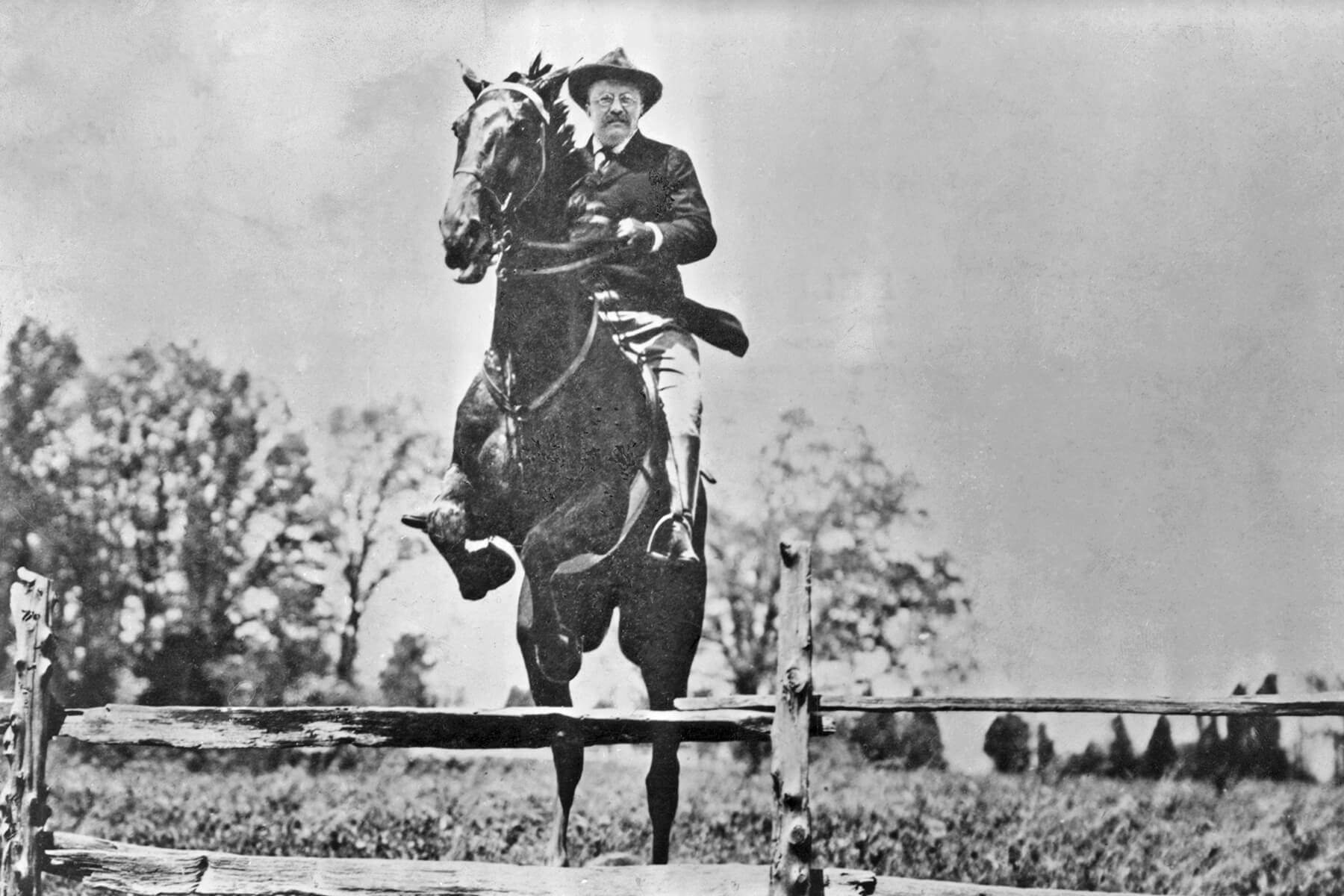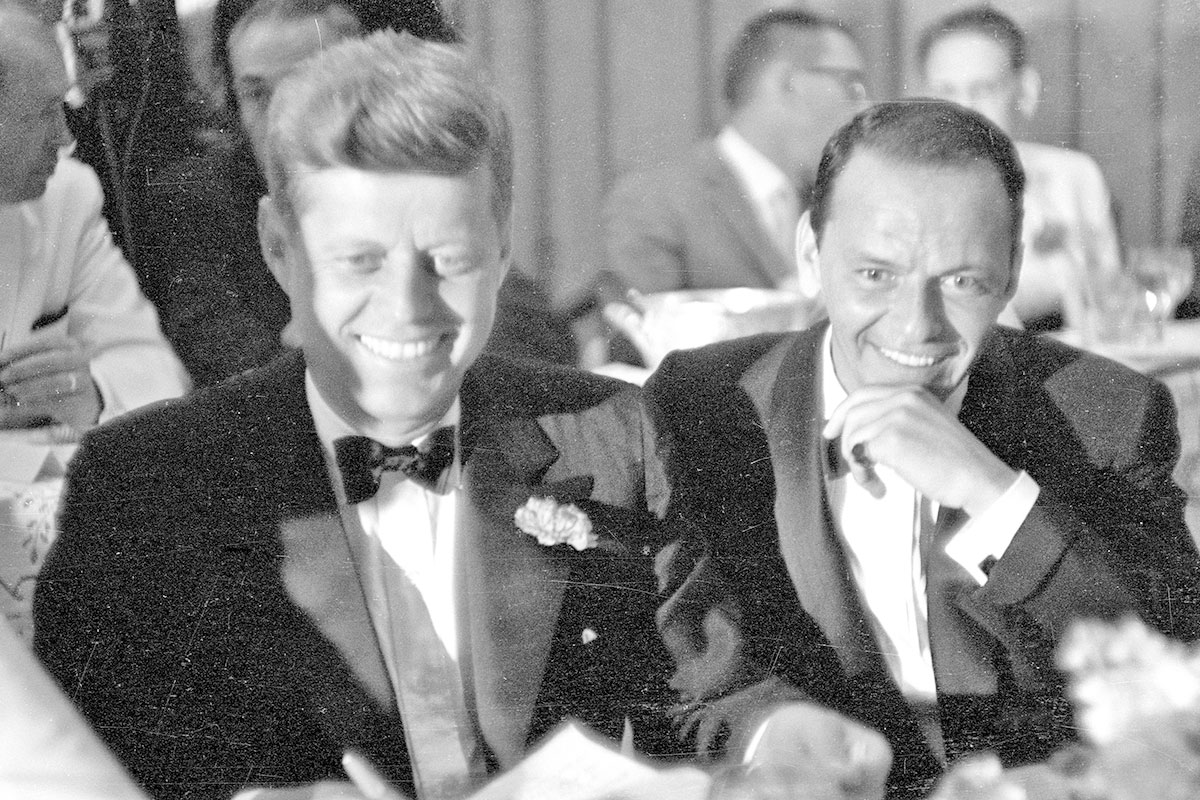 |
France had a calendar with 10-hour days during the revolution. |
World History |
 |
| |
| While France formally adopted this practice on November 24, 1793, the idea was first promoted in 1754. That year, mathematician Jean le Rond d'Alembert drew inspiration from the base-10 numeral system that had existed since ancient times and argued that it would be easier and more convenient to calculate times that were divisible by 10. The concept was revived in 1788 and met with enthusiasm from French revolutionaries seeking to shed their ties to the past. French Revolutionary Time was later adopted by the French Parliament, though it proved to be unpopular among citizens who found the switch confusing. The new system was deemed optional on April 7, 1795, and the country ultimately reverted to the previous timekeeping method. | |
| In addition to changing how the country kept time, revolutionary France also adopted the French Republican calendar. The new formula divided the year into 12 months, each of which contained three 10-day weeks. To bring the total days up to 365, France tacked on five additional days at the end of the year as holidays. Debuted on October 24, 1793, the new calendar was also short-lived, and was abolished by Napoleon Bonaparte on January 1, 1806. | |
 | |
 | |||
| |||
Not Your Grandpa's Hearing Device | |||
| Thank you for supporting our sponsors! They help us keep History Facts free. |
 | |||||||||
By the Numbers | |||||||||
| |||||||||
| |||||||||
 | |||||||||
| |||||||||
September 1752 was only 19 days long in Britain. | |||||||||
| In 1752, the month of September was only 19 days long throughout the British Empire (including its colonies in America), due to the Calendar (New Style) Act of 1750. That parliamentary move transferred the British from the Julian calendar to the Gregorian calendar, the former having overestimated each year's length by about 11 minutes. Back in 1582, Pope Gregory XIII had declared that all countries under the dominion of the Catholic Church needed to adopt the Gregorian calendar, but many Protestant nations — including England — resisted those demands. When Britain finally converted to the Gregorian calendar in 1752 in an effort to catch up with other nations, the country jumped straight from September 2 to September 14, skipping the 11 days in between to account for the errors of the old calendar. | |||||||||
 | |||
Recommended Reading | |||
 | |||
| | |||
 | |||
| | |||
| + Load more | |||
| |||||||||
| 700 N Colorado Blvd, #513, Denver, CO 80206 | |||||||||






No comments:
Post a Comment